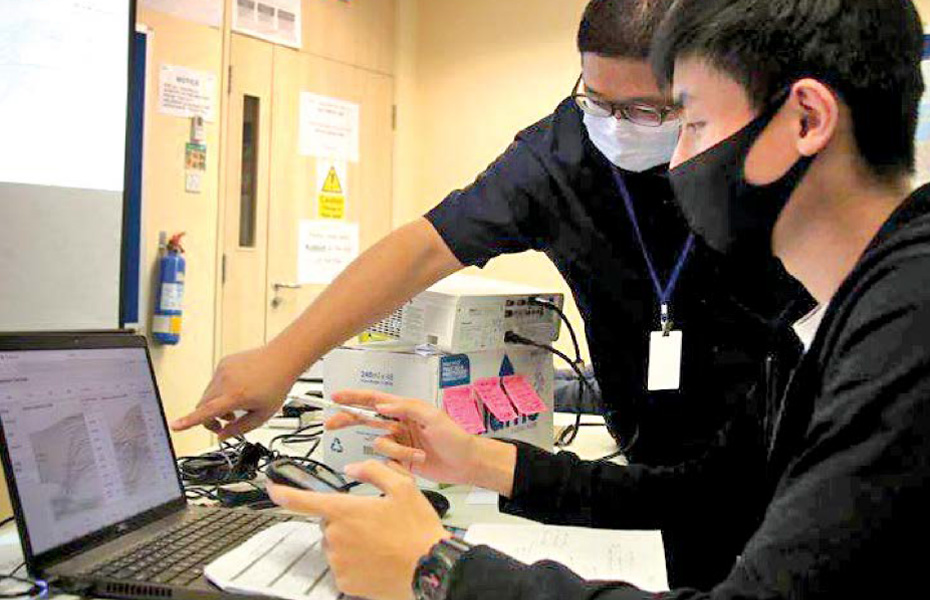The success of the dashboard gave MOTF confidence to go even further and look beyond managing the situation day to day. It quickly developed projections to predict chokepoints and excess capacities so that it could forecast supply and demand for task force operations. For instance, to optimise the movement of COVID-19 patients, it developed a matrix to prioritise admission to medical and care facilities, taking into consideration factors such as the patient's medical risk profile. Using the projections, MOTF also worked with JTF(A) to adjust the testing schedule so that potential spikes in the load on medical facilities would be better managed.
The data projections also helped in strategic resource planning. At one point, when MOH was considering adding more CCFs and CRFs for migrant workers, MOTF's projections convinced MOH to increase the number of recovery sites instead. This helped avert a chokepoint at CCFs. Allowing the migrant workers who were medically well but still tested positive to move to facilities with leaner medical staff meant that precious medical resources could be diverted to care for more seriously ill patients.
180,000 migrant workers were conveyed across 153 COVID-19 facilities nationwide.

Data scientists in MOTF analysing data to aid timely decision-making.
Source: MINDEF
Indeed, data proved to be the new gold. Data fusion and data-driven decision making were critical for the success of MOTF's operations. The experience showed that with data fusion and sense-making elements, especially in operations involving multiple nodes, decision makers can have a clearer situation picture and tighter operational control. This enables them to make better decisions. For protracted operations, data can be trended over time to make projections. This is helpful for strategic planning and enables some level of prediction of how courses of action will pan out.
The experience in the COVID-19 fight showed that there must be clearly defined roles for the different groups of people who deal with data so they know what is expected of them. There should also be a clear structure for meaningful data-driven decision making. It comes down to competencies in managing data, and data managers are just as important as data scientists. The MOTF team realised that it was not prudent to only have data scientists cleaning data. After the data is fused, data managers are required to manipulate the data and extract insights. Proper roles, responsibilities, and ops-tech structures must be established upfront to effectively harness the benefits of data.
The SAF must recognise the power of using data and harness it to solve problems as operations and missions become increasingly more complex. We have to improve our data literacy, get comfortable with making use of data, understand the challenges around the use of data and develop the structures to make effective use of data. Data analytics is one key tool that SAF leaders must be able to exploit.